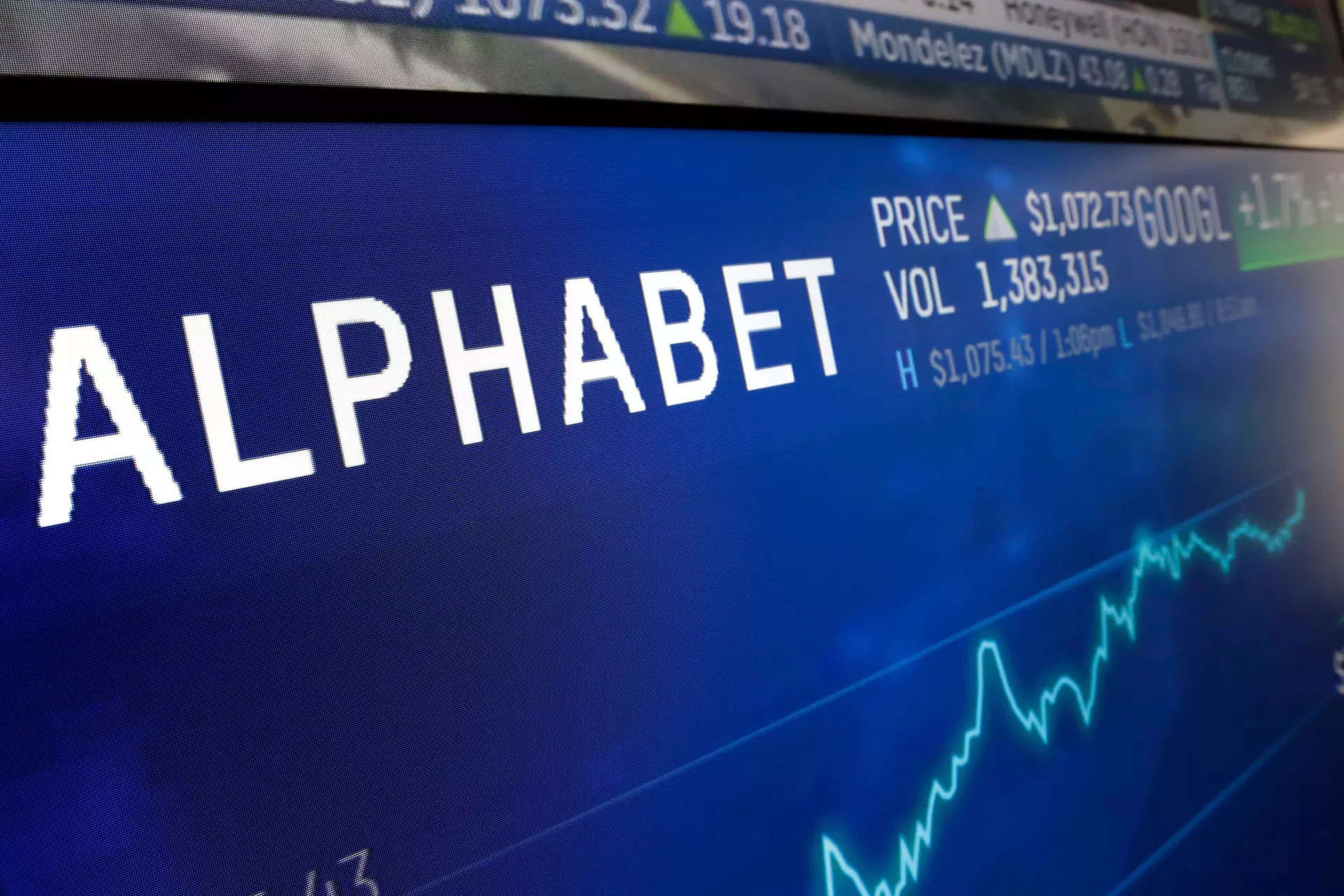[ad_1]
The internet giant recorded that revenue from its search engine, its largest unit, was $48 billion in the fourth quarter, up 13% but slightly lower than analysts’ estimate of $48.1 billion.
The company said that a measure of profitability, called an operating margin, was 27% in the fourth quarter, below the 28% that analysts were looking for. The company said its overall profit increased 52% to $20.7 billion, beating Wall Street expectations of $20.2 billion, according to data compiled by FactSet.
Alphabet reported $86.3 billion in quarterly sales, up 13% from a year earlier, and above analysts’ estimate of $85.2 billion.
Alphabet has conducted a rolling set of layoffs in recent months, reducing jobs in advertising sales, YouTube, news and elsewhere. The cuts have been part of an effort by Sundar Pichai, Google’s CEO, to offset the company’s growing investment in artificial intelligence.
Shares of Alphabet were down more than 5% in after-hours trading on Tuesday. In 2022, rising interest rates and inflation made advertisers thriftier, undermining the sales and profit of Alphabet as well as its peers Snap and Meta, which owns Facebook and Instagram. After Google’s ad businesses recovered last year, investors had hoped that advertisers would continue to spend more. Thomas Monteiro, an analyst at Investing.com, wrote in a note that the underwhelming growth was a reminder that companies were still being cautious with their ad spending.
“This report is a big warning sign for ad-dependent companies,” Monteiro wrote, adding that Alphabet would have to keep improving its profit margins to compensate for the muted growth, “even by stepping on the gas for further layoffs.”
As of Dec. 31, Alphabet had 182,502 employees, slightly up from the 182,381 it had three months earlier, but down from the previous year. Some of the recent job cuts have taken place in January. At the end of 2019, the company’s workforce totaled 119,000, before it went on a hiring spree during the pandemic, when it recorded surging usage of its online services. The company culled 12,000 workers from its payroll early last year.
“We are being disciplined in how we run the company,” Pichai said Tuesday afternoon in a conference call. “Teams are working to focus on key priorities and execute fast, removing layers and simplifying their organizational structures.”
Google has focused on its AI ambitions, hoping it can overcome the perception that it is lagging behind OpenAI, the maker of the popular ChatGPT chatbot. Google debuted its Gemini AI model, its most powerful yet, in December, and has worked on integrating the technology into its various products, including the Pixel smartphone, Chrome web browser and Bard, its ChatGPT competitor.
Running these types of systems is expensive because they require enormous amounts of computing power. Google has tried to shed costs to offset these expenses while preserving its famously lofty profits. Analysts had been keeping a close eye on the company’s profit margin, since Alphabet executives vowed in recent quarters to reduce the company’s expenses on an ongoing basis.
Google continues to depend on its advertising businesses to pay for these efforts. Advertising sales at YouTube, Google’s video platform, climbed 16% to $9.2 billion, meeting the $9.2 billion expected by analysts.
Google Cloud, the company’s division that offers software and technology services to other businesses, reported sales that increased 26% to $9.2 billion. Analysts had estimated $8.9 billion. The division has hoped that other companies would jump at the chance to gain access to Google’s generative AI systems, boosting its revenue, but its rate of growth has slowed from previous years.
This article originally appeared in The New York Times.
(You can now subscribe to our ETMarkets WhatsApp channel)
[ad_2]
Source link
